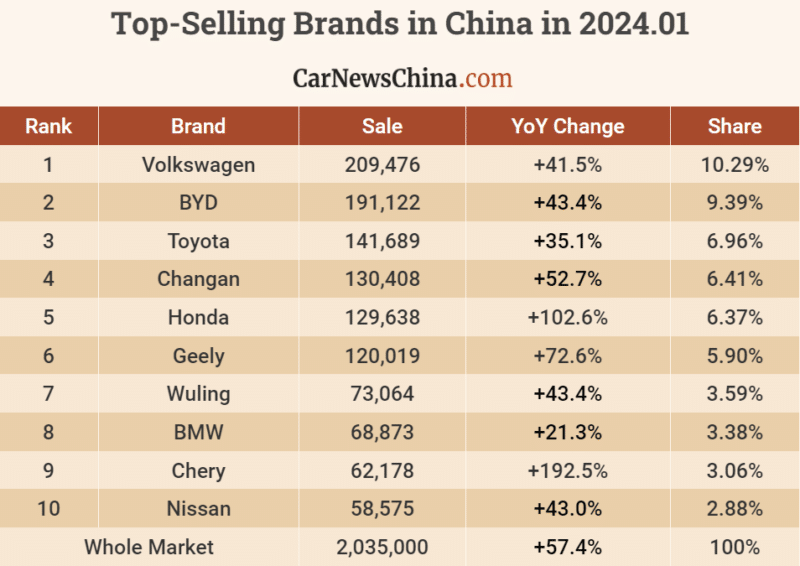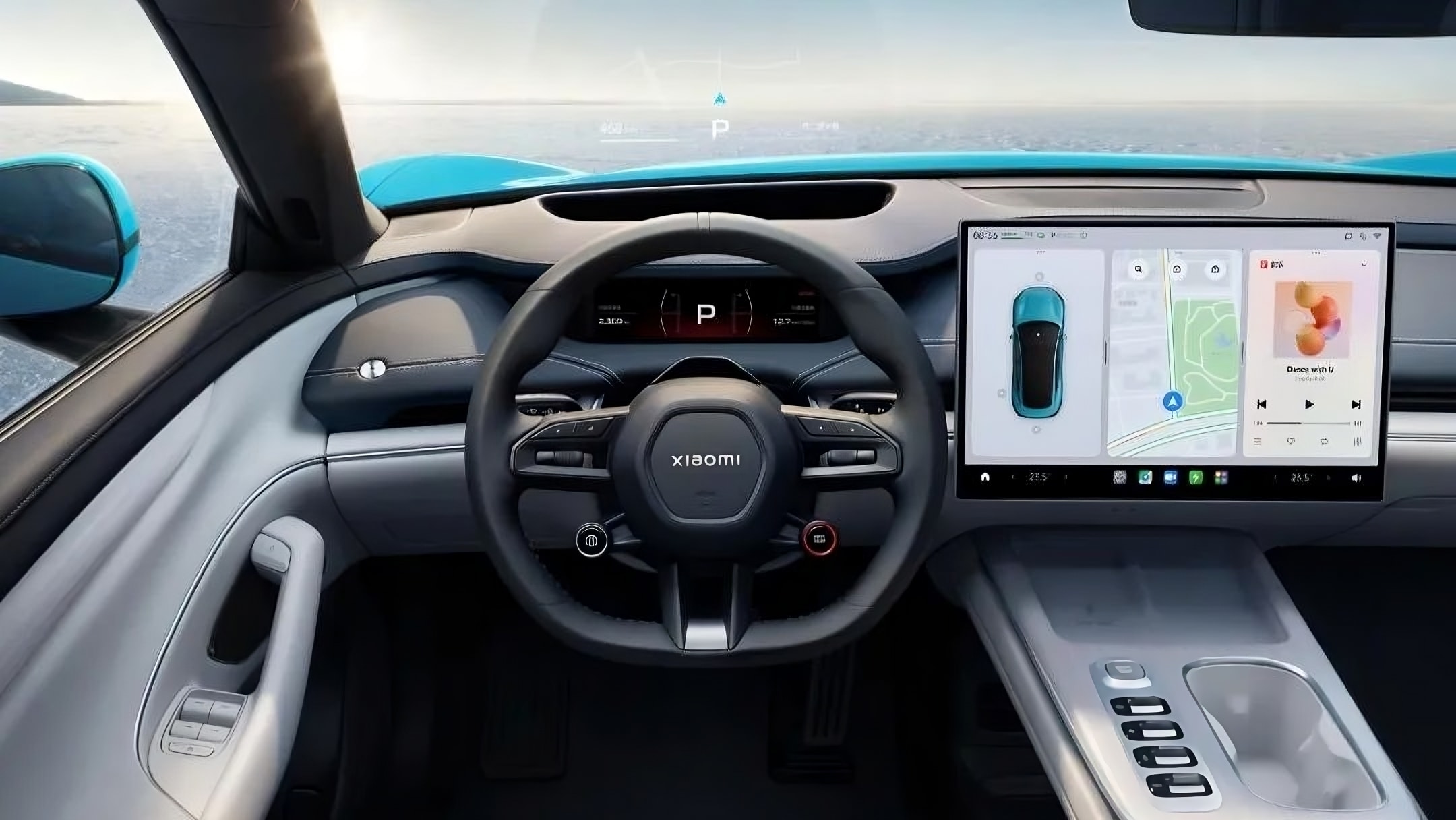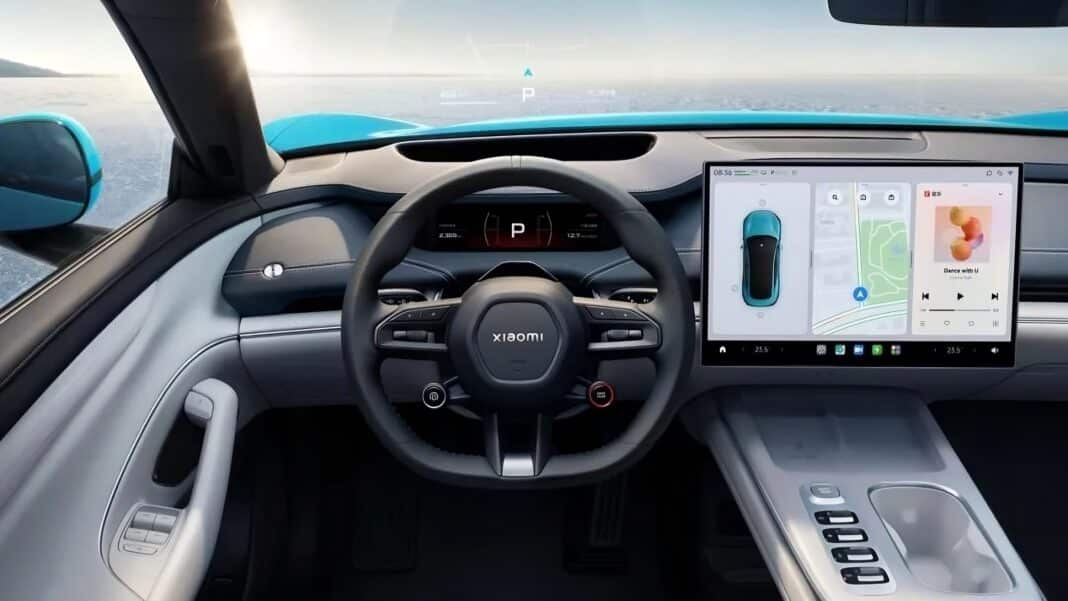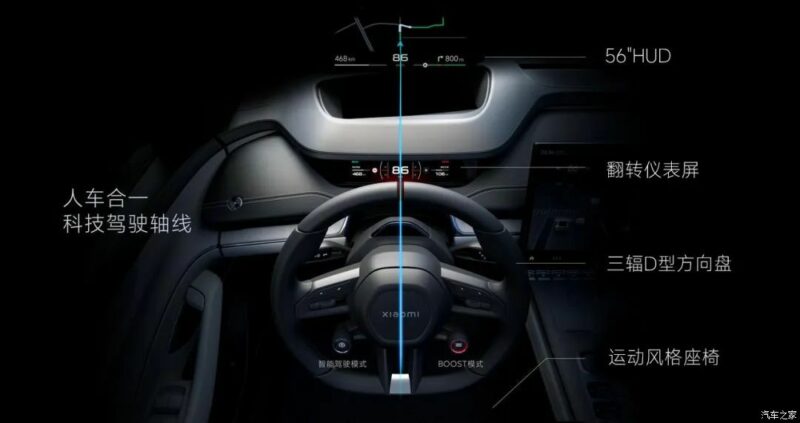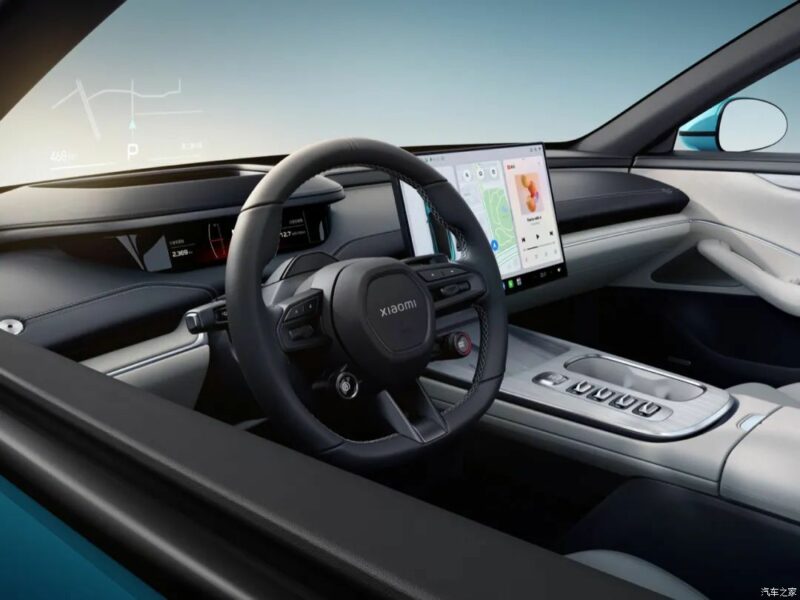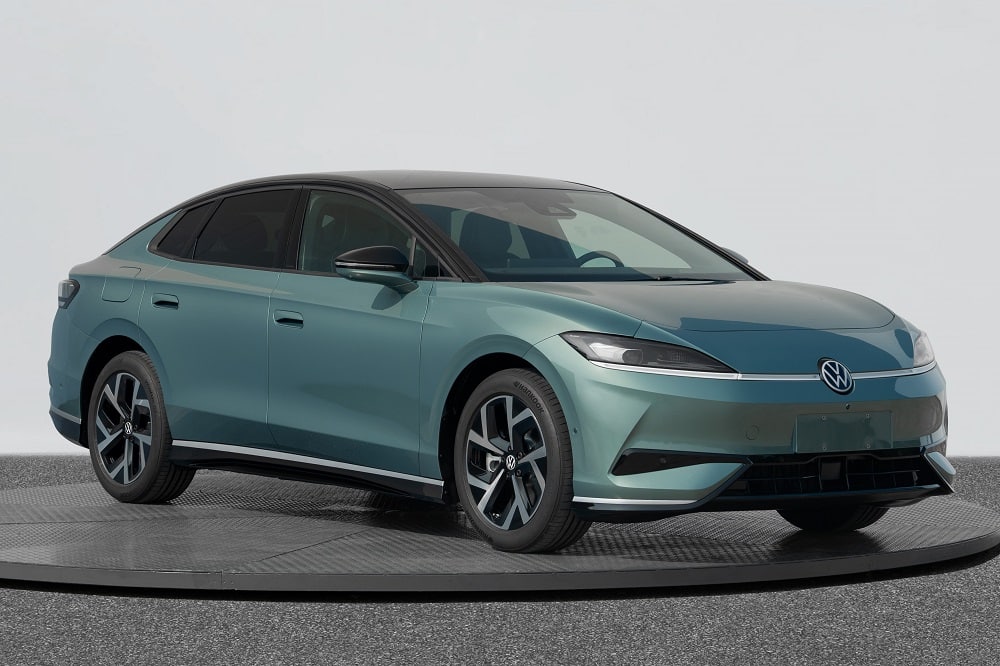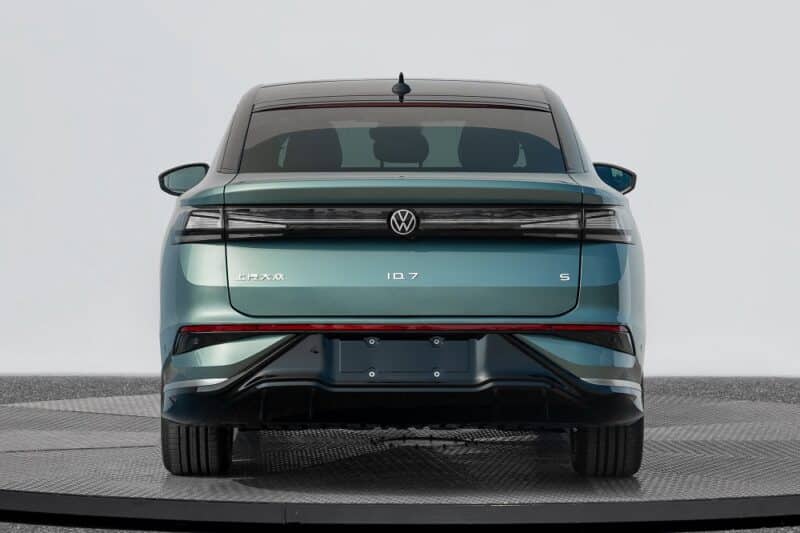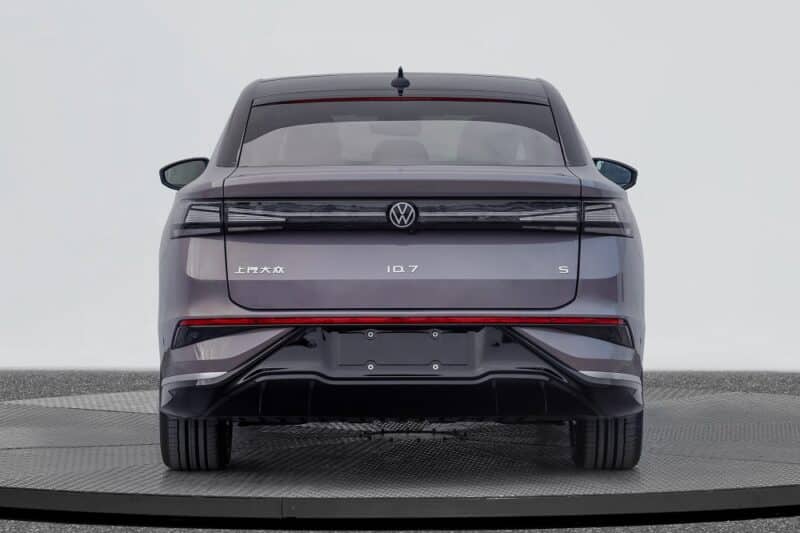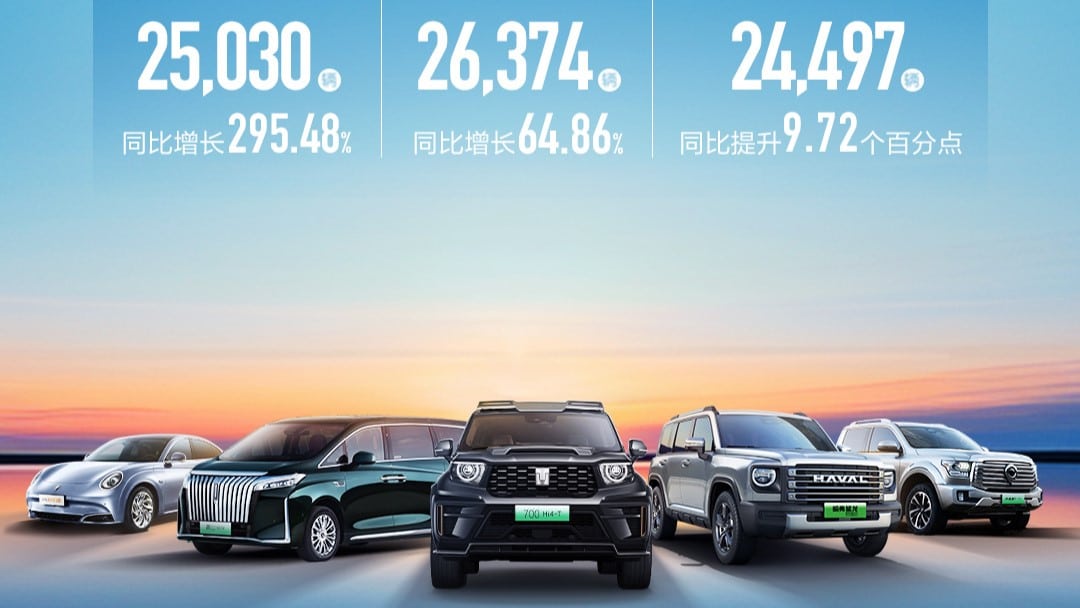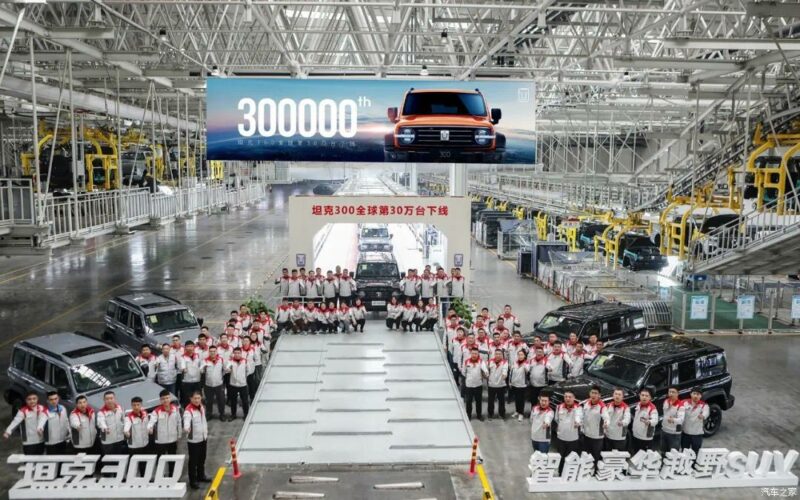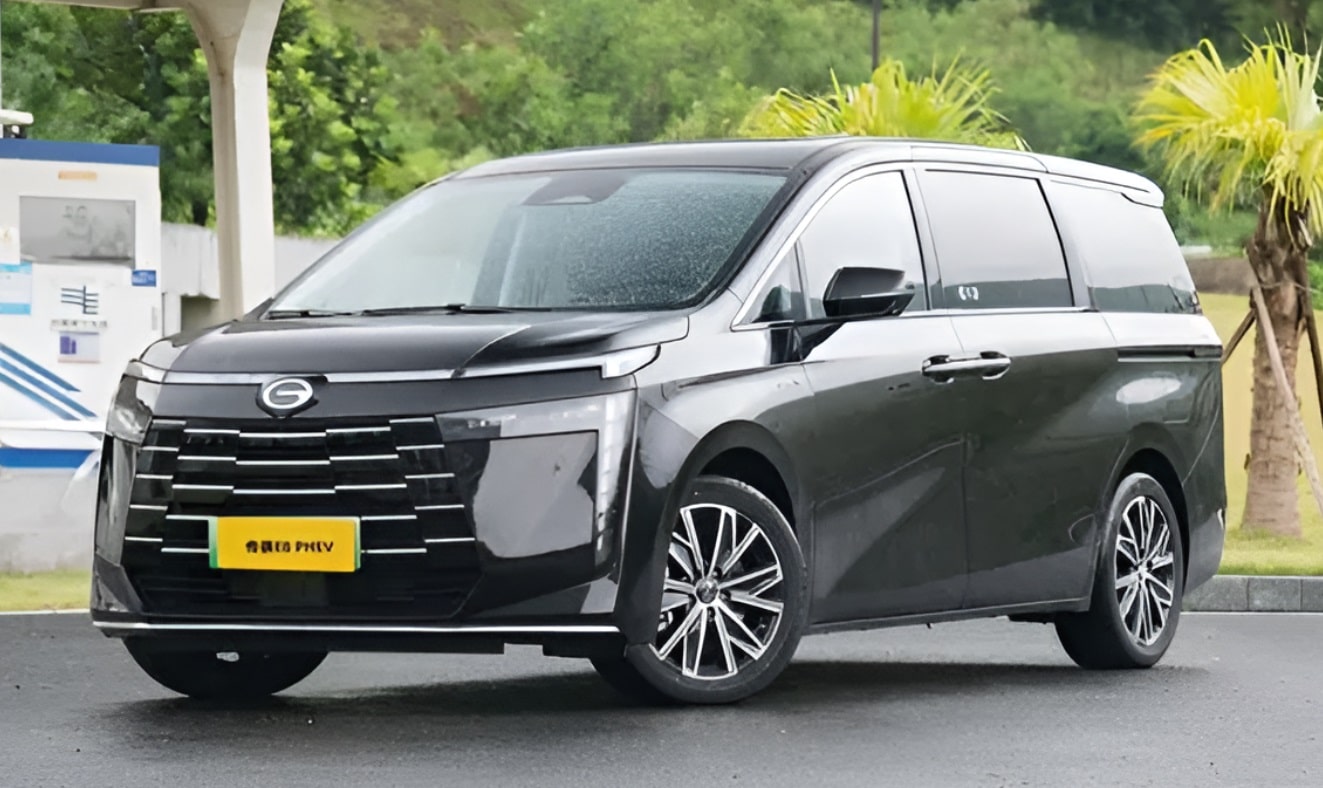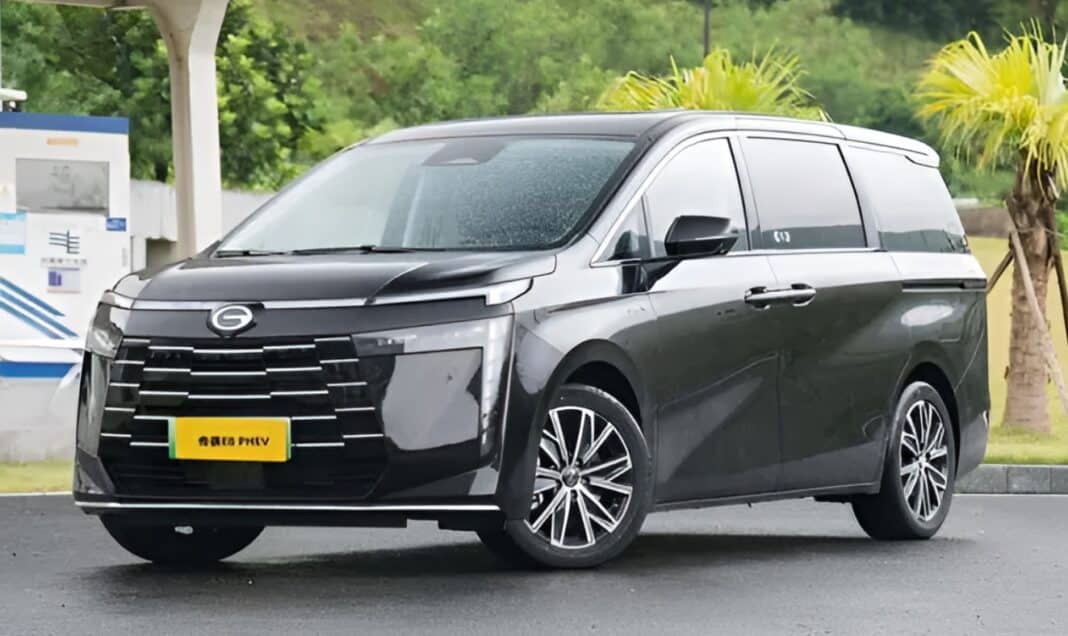Yommie
SpeedLimited
- Oct 2, 2013
- 64,183
- 37,190
- Country of Origin

- Country of Residence


BYD’s 2024 product planning leaks, Seal S coming in September
BYD is preparing a new model offensive in 2024 with its Ocean series.
 carnewschina.com
carnewschina.com
BYD’s 2024 product planning leaks, Seal S coming in September
Reading Time: 4 minutes
Jiri Opletal
February 8, 2024
4
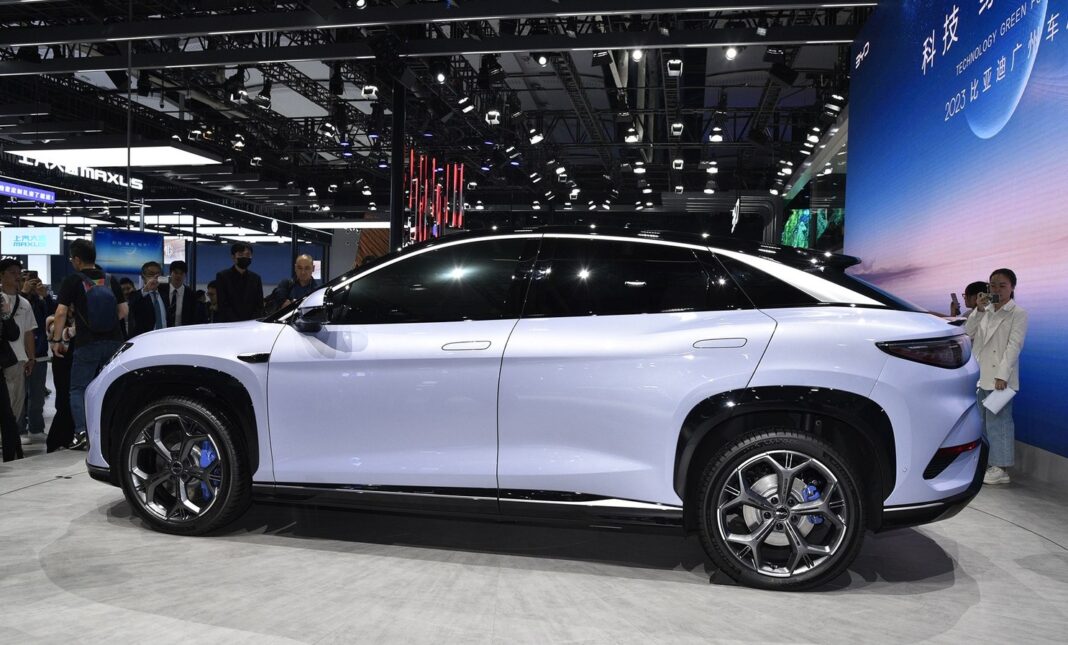
News like this to your inbox or phone?
Weekly summary to your inbox
I want this
Never miss and important news
Get Instant notification once the news is published.
Follow Us
2024 product planning for BYD’s Ocean series leaked in China. It exposed upcoming facelifts of some existing models, such as Seal EV or Song Plus (Seal U), and new models we never heard of before (Seal S, Destroyer 06). It also shows models, which BYD is moving from the Warship series to the Ocean series.
February
In the second half of February, BYD plans to launch the 2024 version of one of its best sellers, the all-electric hatchback BYD Dolphin. The annual update is called Champion Edition, and CarNewsChina reported the car was spotted at the dealer in late January.In January, BYD Dolphin sold 18,905 units, up 7% from the same month last year.
 2024 BYD Dolphin Champion Edition.
2024 BYD Dolphin Champion Edition.March
The annual update of the Frigate 07 (previously called Corvette 07) will launch in March. It is a PHEV SUV initially positioned in the Warship series, which is quietly dissolved, and its models are being distributed among the other two BYD series – Ocean andDynasty. Frigate 07 launched at the end of 2022 for about 30,000 USD; we haven’t heard much about it since then. BYD Frigate 07 sold 1,575 in January, down about 70% from the last year.
 BYD Frigate 07 PHEV SUV.
BYD Frigate 07 PHEV SUV.April
BYD Sea Lion 07 will start sales at the Beijing Auto Show in April. That suggests the presales might begin earlier in March. Thanks to homologation fillings, Sea Lion 07 is an all-electric fastback SUV with dimensions (L/W/H) 4830/1925/1620 mm and a wheelbase of 2930 mm.The top trim level is 4WD with 390 kW peak power (160 kW in front and 230 kW motor in rear). It will rival the Tesla Model Y in China and might also cannibalize other BYD’s BEVs, such as BYD Song L.
The Sea Lion is a new BYD series exclusively focusing on SUVs; the 07 will be its first model, followed by the Sea Lion 05 and 06.
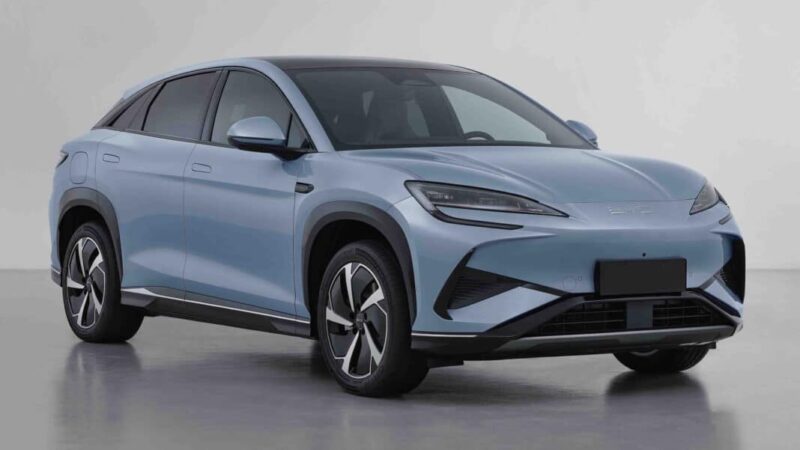 BYD Sea Lion 07.
BYD Sea Lion 07.June
In June, BYD will launch the annual facelift of its all-electric sedan Seal EV. The car was previously called just BYD Seal, but we will stick with Seal EV as BYD launched the PHEV variant in 2023 Seal DM-i.BYD Seal (BEV + PHEV) sold 8,347 units in January, up about 26% from last year. Alongside Atto 3 and Dolphin, BYD Seal EV is one of the leading export articles for BYD.
BYD will also unveil Destroyer 06, aka Sea Star, which we had never heard of before. Judging by the name, it will be a mid-size sedan positioned between Destroyer 05 and BYD Seal DM-i (previously called Destroyer 07).
July
In July, the updated Song Pro, aka Coral, will debut. The Song is BYD’s best-selling series, with 59,514 units sold in January, up about 20% from last year. The Song series comprises various SUVs such as Song Pro, Song Max, and Song Plus. Most of them are PHEVs, and to make it even more confusing, BYD considers some as part of the Ocean series and some as part of the Dynasty series.August
The second generation of the Song Plus EV will debut. Song Plus EV is branded as Seal U for overseas markets.BYD launched the annual facelift of this electric SUV in 2023, Champion Edition, and shipped it to Europe, where the car had a public debut at the September IAA Mobility Munich auto show. With the second generation in work, we can expect significant changes.
 BYD Song Plus EV Champion Ediiton aka Seal U.
BYD Song Plus EV Champion Ediiton aka Seal U.September
In September, the BYD Seal S will debut. The Seal was originally an all-electric sedan competing with the Tesla Model 3, but BYD had turned it into a series. Destroyer 07 was rebadged as a PHEV variant of Seal (Seal DM-i), and this week, the new BYD Seal 06 was revealed as a PHEV sedan. There is no more information about this mysterious S variant; we will keep an eye on it.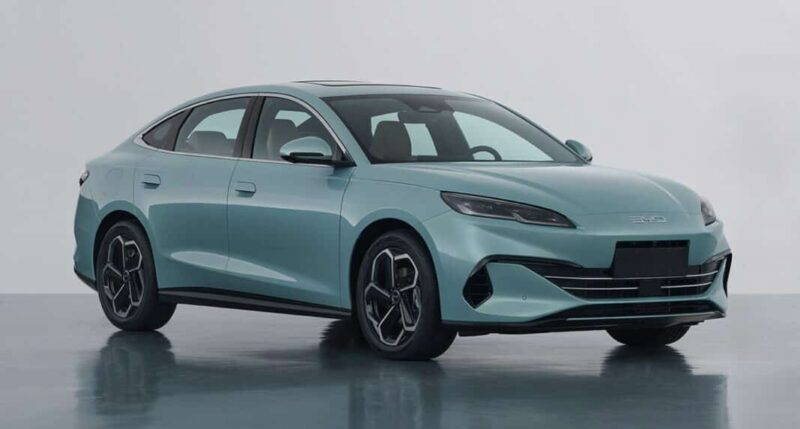 BYD Seal 06 PHEV sedan
BYD Seal 06 PHEV sedanOctober
BYD Sea Lion DM-i will be launched as a PHEV variant for the Seal Lion 07 we discussed earlier.Leaked Ocean series 2024 product planning. Source: Sohu
Other brands
Aside from the Ocean series, BYD also has a Dynasty series and three sub-brands – Denza, Fang Cheng Bao, and ultra-premium YangWang. BYD plans to release some new vehicles under those brands in 202 to the market.Yangwang
- YangWang U9 supercar, which can dance
- YangWang U7 sedan with about 1,300 hp
- Bao 3 SUV
- Bao 7 SUV



